
July
Harlequin Ladybird
Before 2007, residents of Loughborough and surrounding districts would not have come across the Harlequin Ladybird (Photo 1) in the wild but since then, many of you may have seen this species in your garden.
The Harlequin ladybird is described as an alien species. It is a native of eastern Asia but has been introduced into many countries as a biological control agent against aphid and scale insect infestations in green
houses, crops and gardens. It was accidentally introduced into the UK in 2004 probably by a variety of routes. Some have flown across the channel, others have been found on imported flowers and vegetables. The habitat range of this species is very diverse. Adults have excellent dispersal capabilities (flight) and can be found in many localities. They are most commonly found on deciduous trees, e.g. lime, sycamore and maple, and on low growing plants e.g. nettles (look for evidence of aphid infestation, e.g. ‘sticky’ leaves).
The Harlequin ladybird is large, typically 6 – 8 mm in length, comparable to the well known 7 spot ladybird. It is however extremely variable in appearance. The elytra (wing case) colouration can be pale yellow –orange, orange- red, red or black. There can be between 0 – 21 orange-red or black spots or a grid pattern, particularly for adults developing in the autumn. The most common forms in the UK are orange with 15 – 21 black spots (Photo 1, an example of the form succinea), black with 2 red/orange spots (form conspicua) or 4 orange/red spots (form spectabilis). These black (melanic) forms are shown in Photo 2 on a senescent Sycamore leaf.

The pronotum (top of the section behind the head) of the Harlequin ladybird has a white or cream area, usually with up to 5 spots or M shaped mark. The wing cases turn outwards at the base (wide keel) and legs are
almost always brown.

Hibernating adults emerge in the spring, mate and lay groups of yellow eggs on the leaves of a wide variety of plants. The predatory larvae (Photo 3) are black and spiky, with characteristic orange tufts and are easily distinguished from the larvae of the 7 spot ladybird (Photo 4) which often occurs in the same habitat e.g. a nettle patch.

These are a blue-grey when mature with 8 yellow spots (arranged in two pairs on each side of the abdomen). Both feed on aphids and other small insects. When fully grown Harlequin larvae become inactive and then moult to form conspicuously coloured pupae which are easily spotted on leaves or stems (Photo 5). The next generation of
ladybirds emerge in late June/early July and unlike native ladybirds, soon mate and lay eggs again, to produce at least two generations per year. Large numbers of this species may be seen

until late October, as was the case in
Loughborough in 2007.
Adult Harlequin beetles are voracious predators of aphids (Photo 6), scale insects and a large number of other native insects, including the larvae of many native ladybirds.
The accidental introduction of this species to the UK and its rapid spread across the country, may have a devastating impact on the natural balance within the ecosystem. Dr Helen Roy, Centre for Ecology and Hydrology and co-ordinator of the Harlequin Survey, recently told the BBC “The Harlequin is a top predator and we know it sits within a web of many other insects that it interacts with, and other organisms as well. Because there is nothing very much that attacks it, we believe that 1,000 species all have the potential to be impacted”.

NatureWatch blog readers finding a Harlequin ladybird can send in their observation to www.harlequin-survey.org which will provide more information on this interesting beetle. Sightings of native ladybirds can be reported to www.ladybird-survey.org which provides excellent information on ladybird identification.





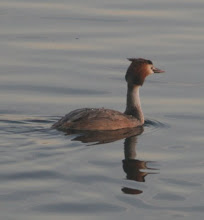
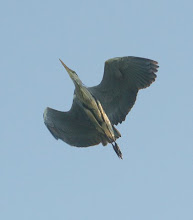
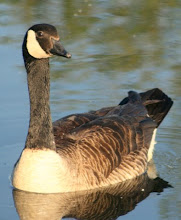
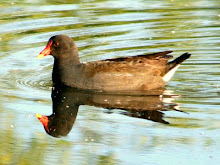
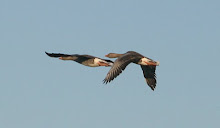
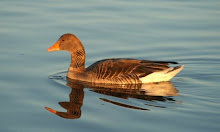
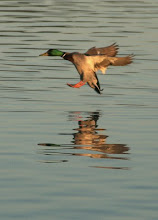
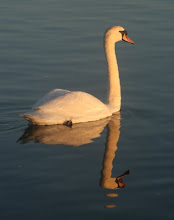
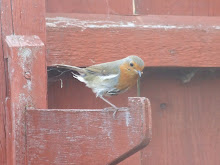
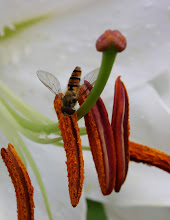
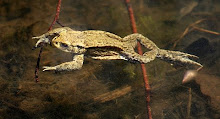


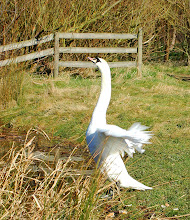

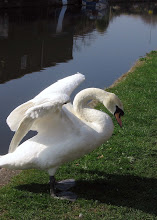
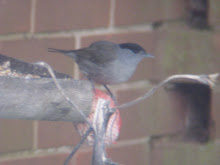
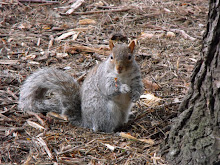
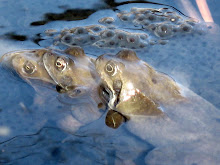
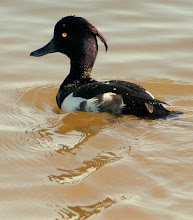
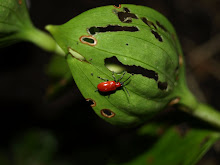
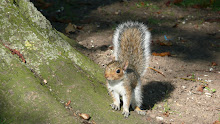
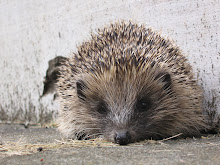
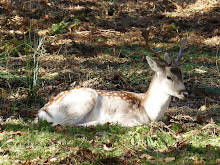
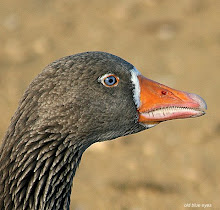
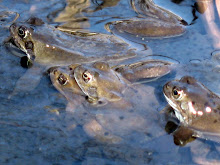
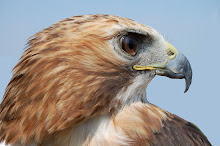
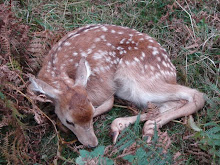
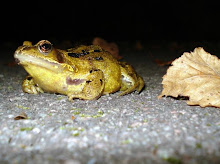
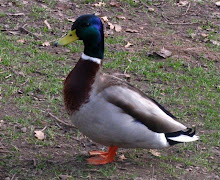
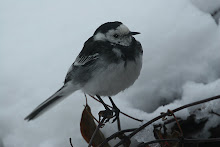
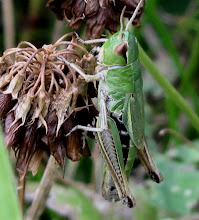
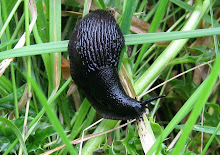
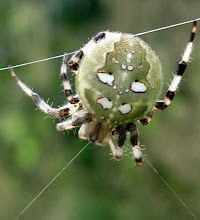
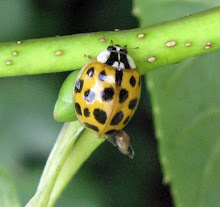
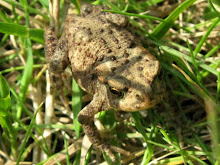
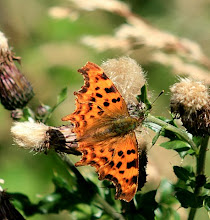
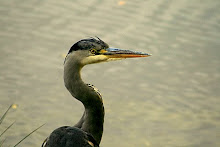

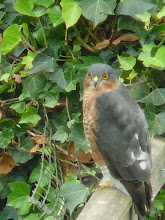
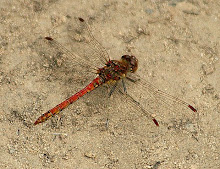









No comments:
Post a Comment